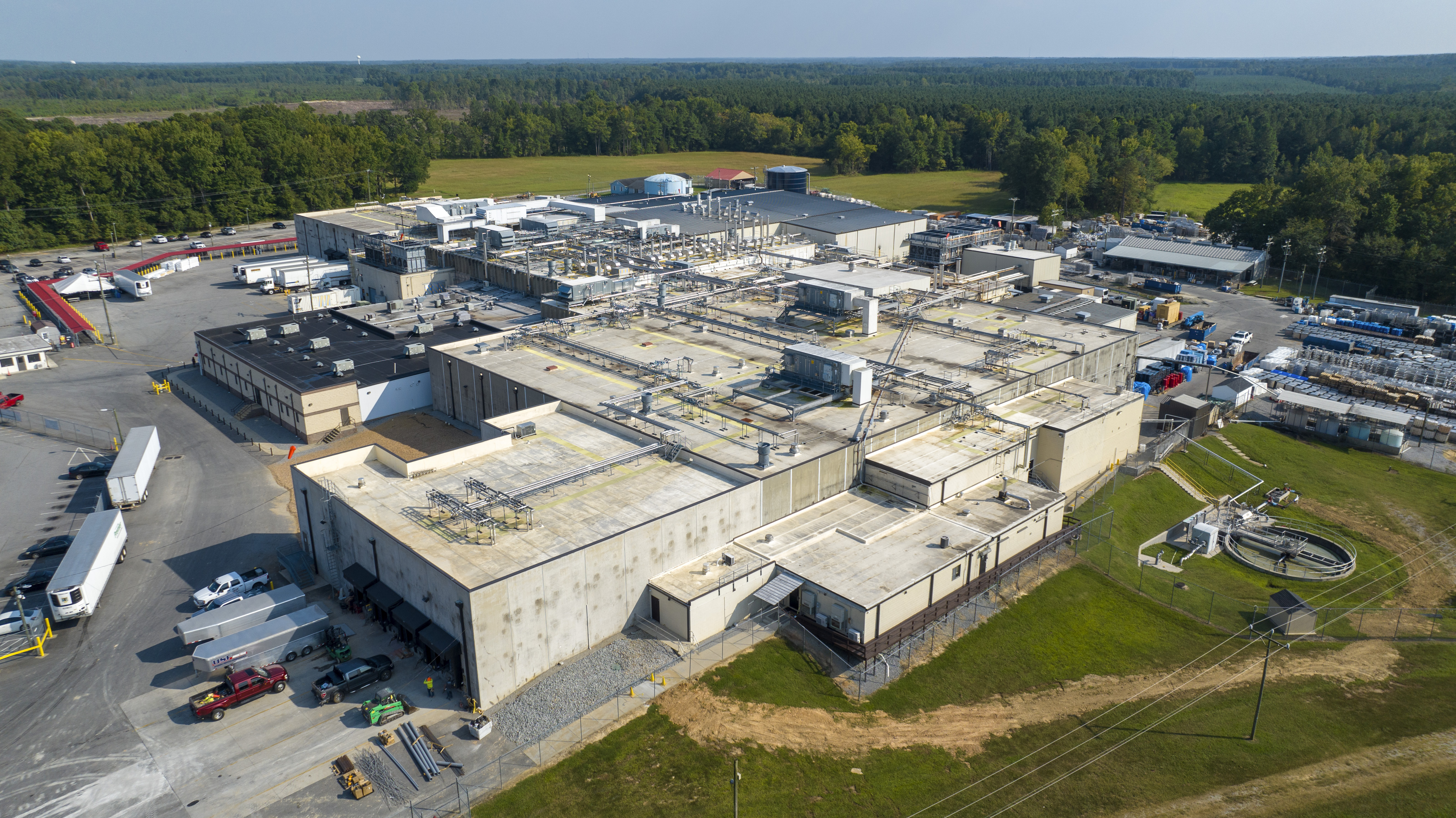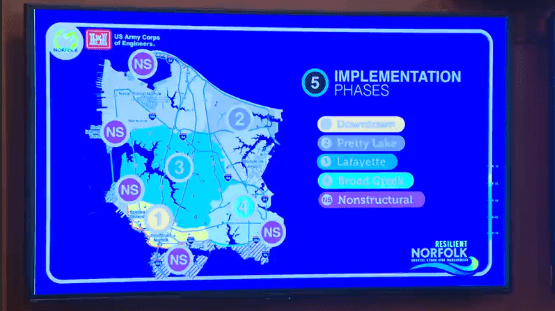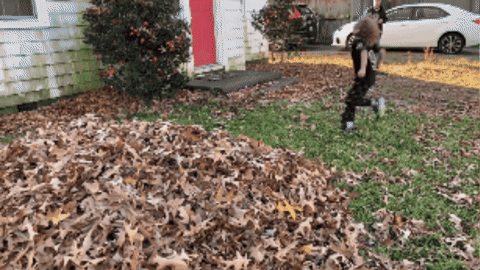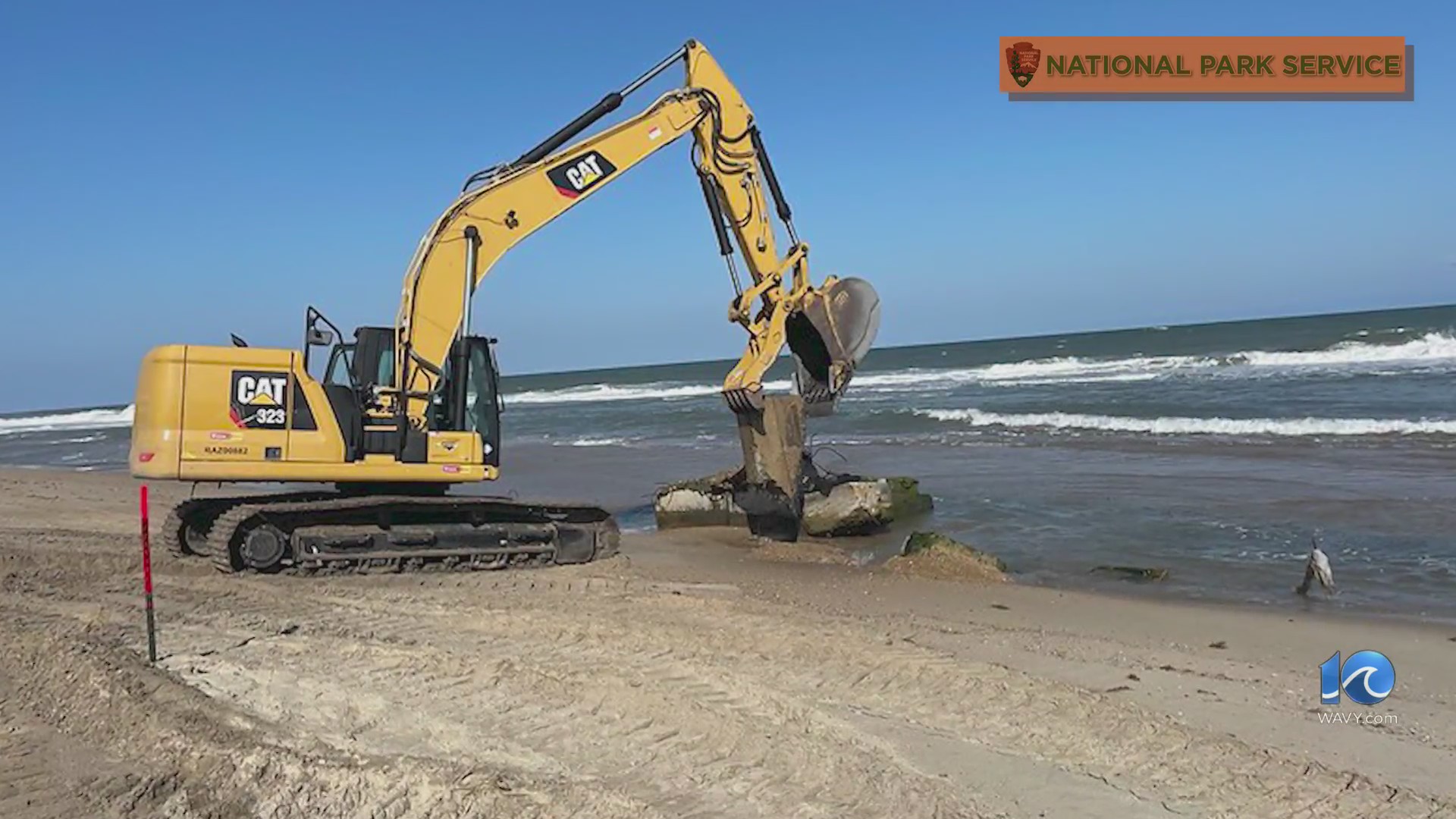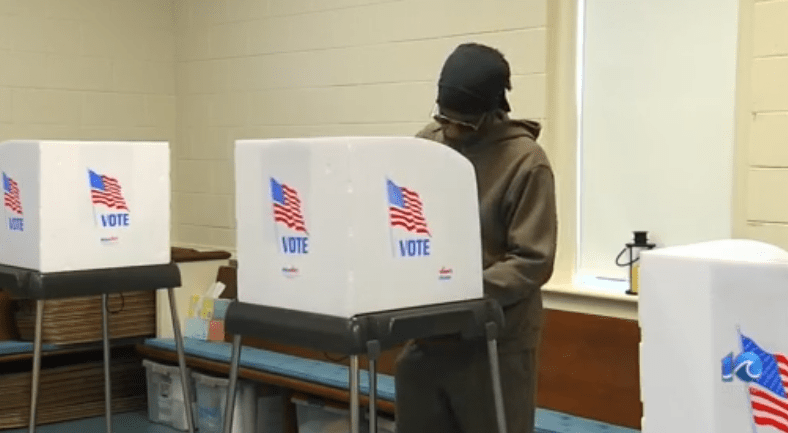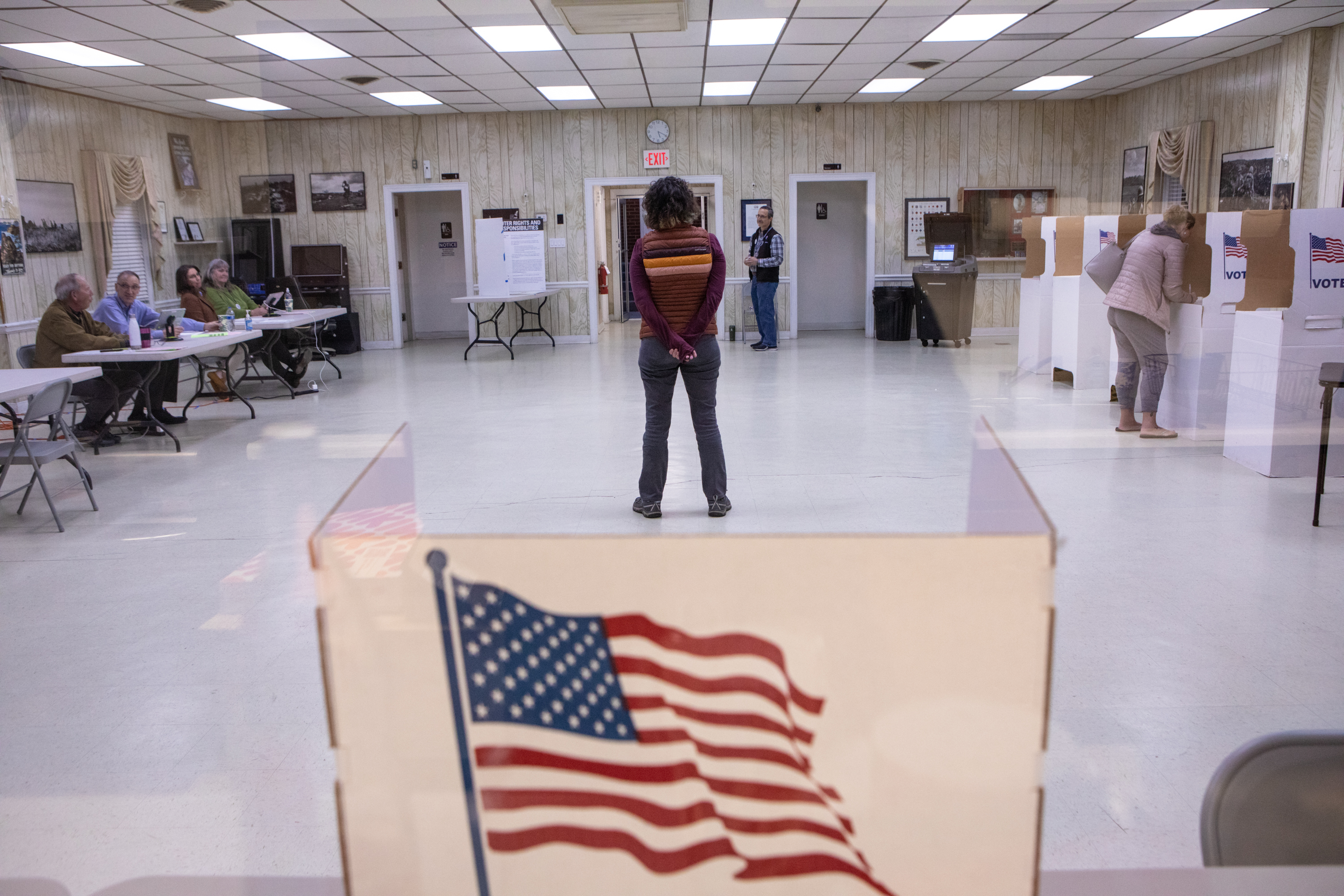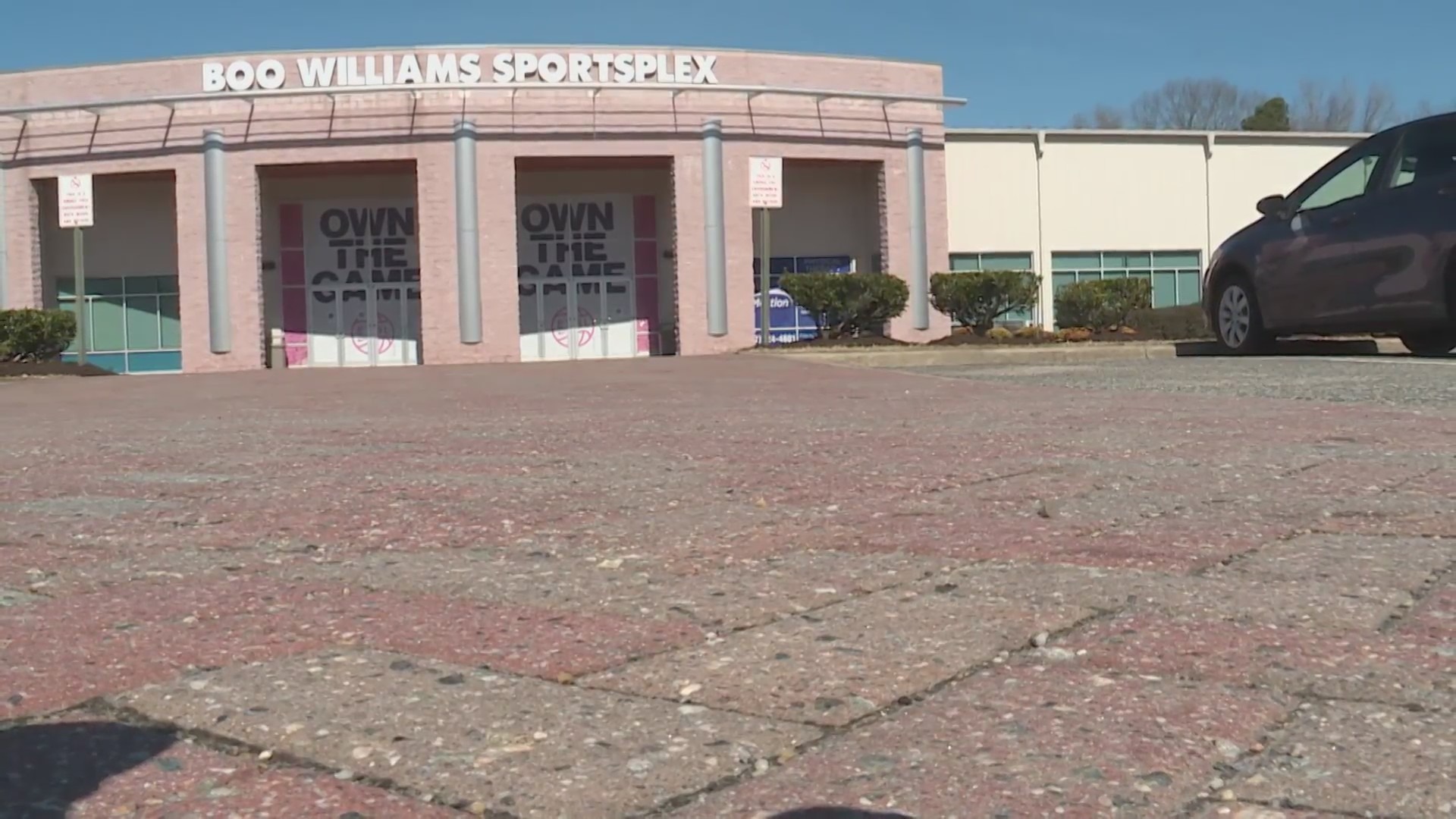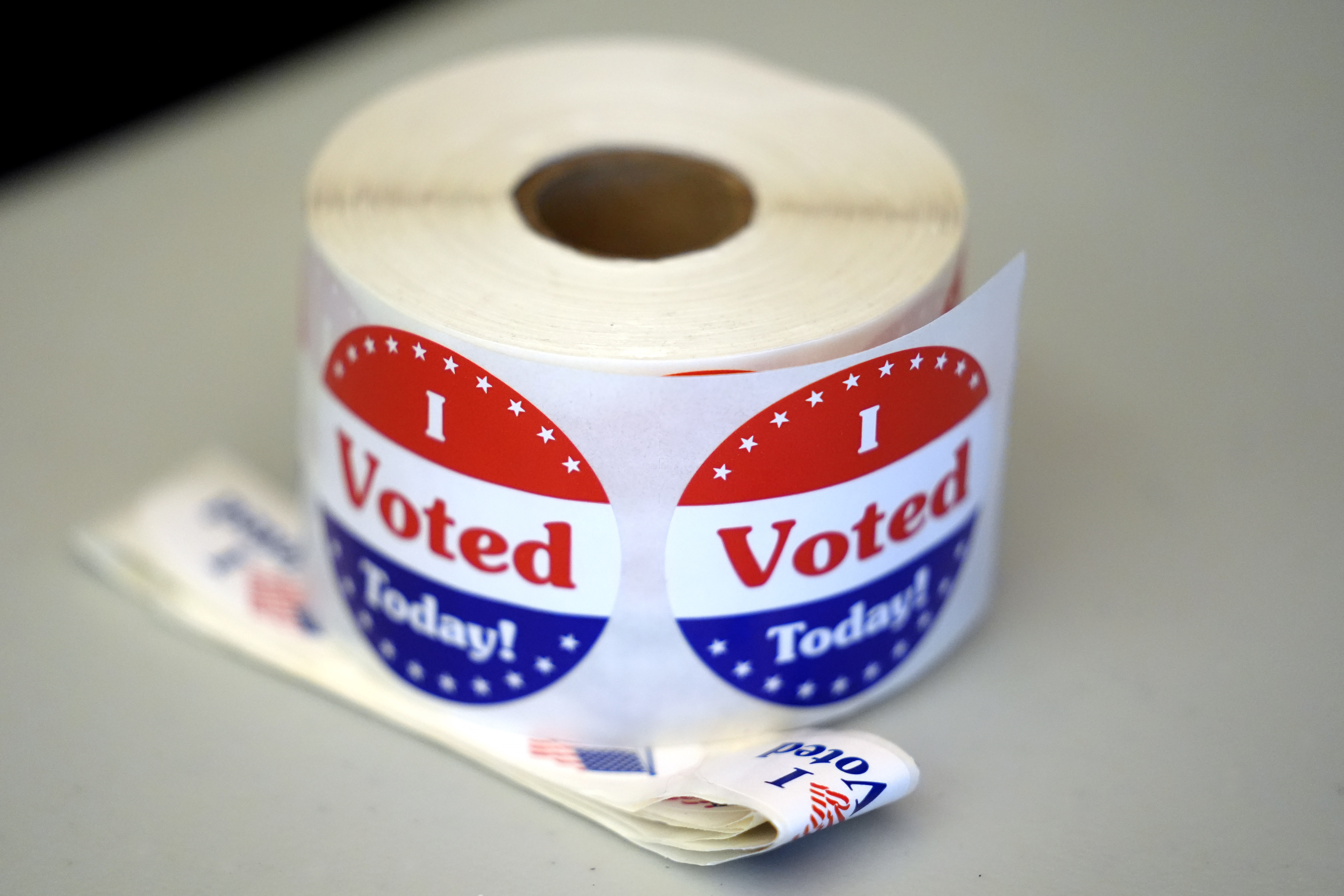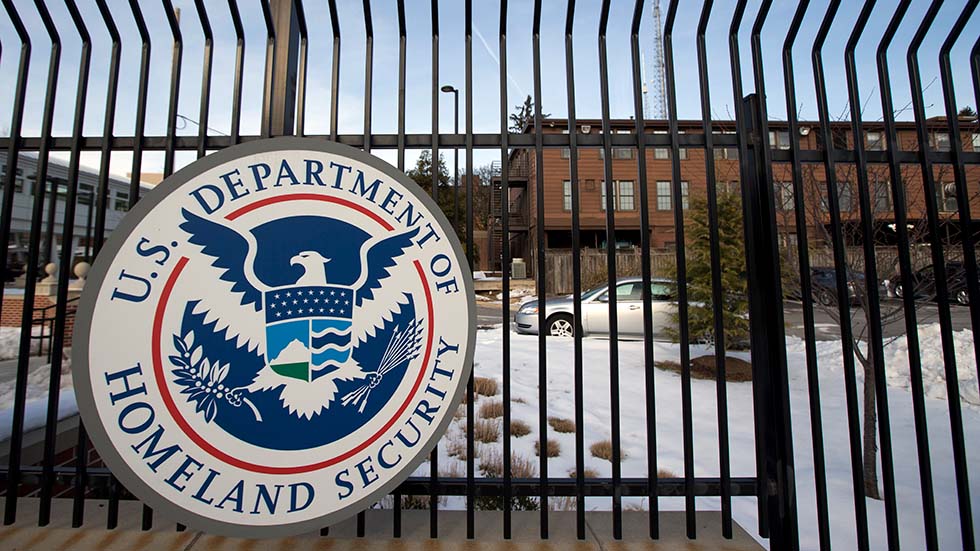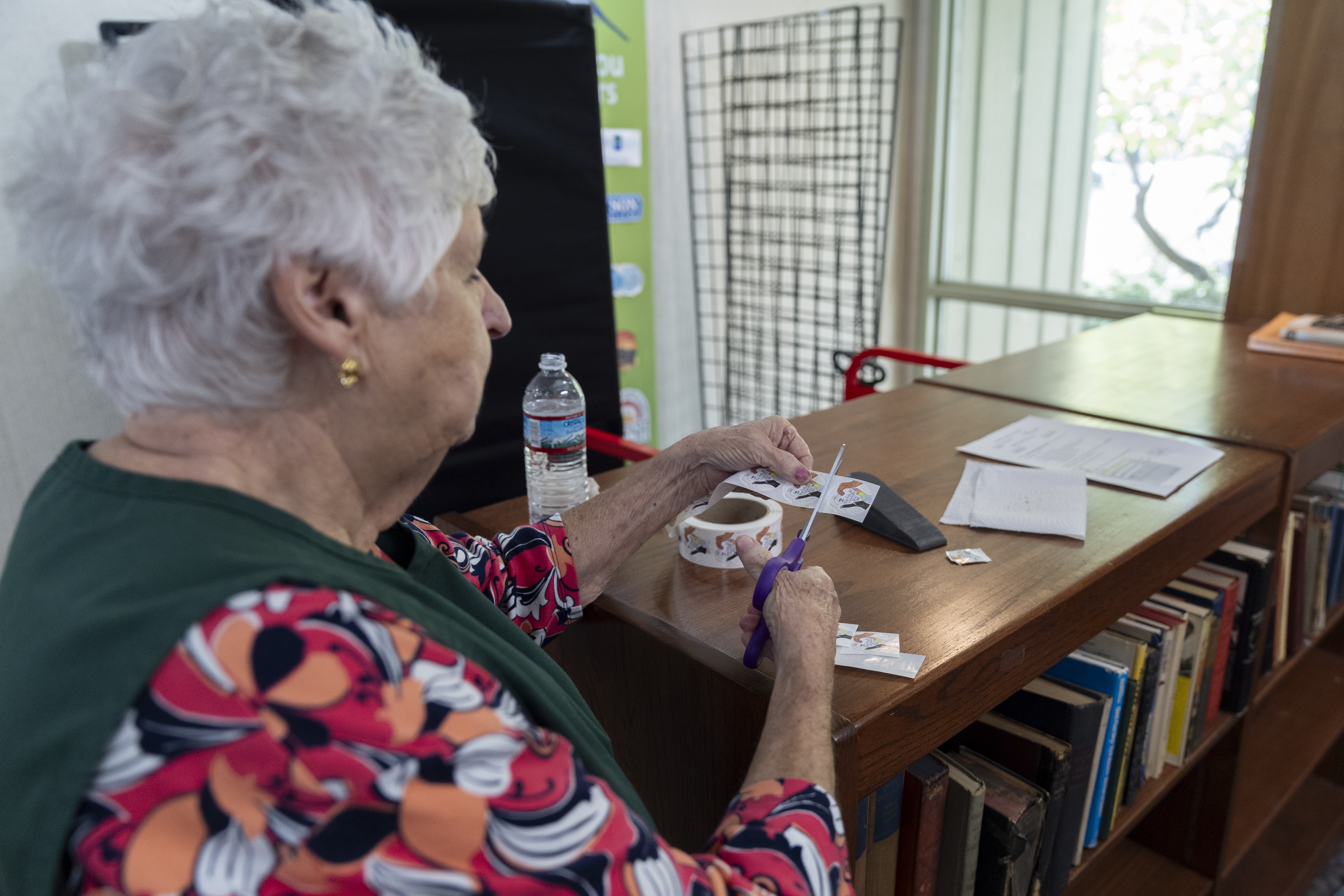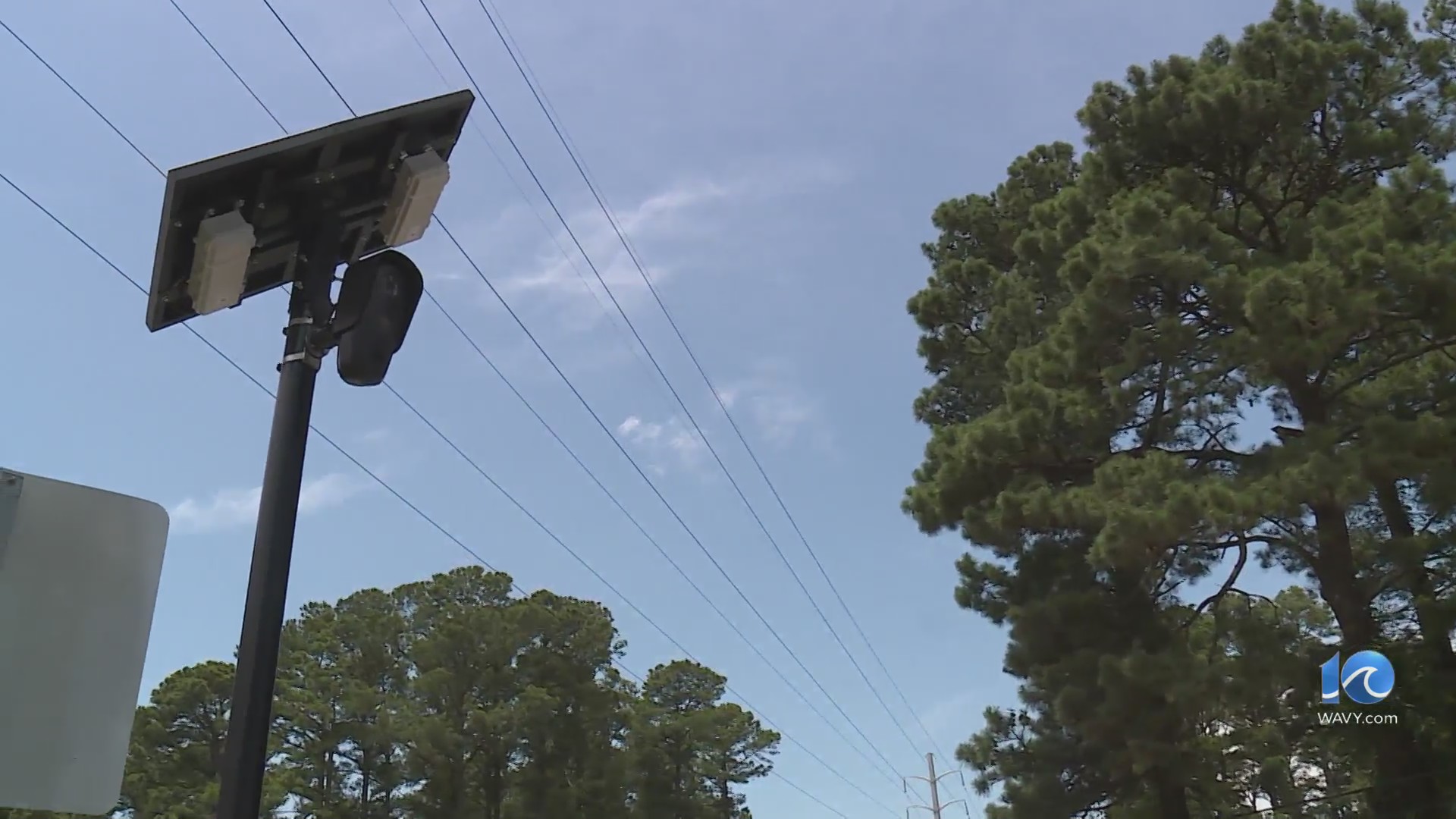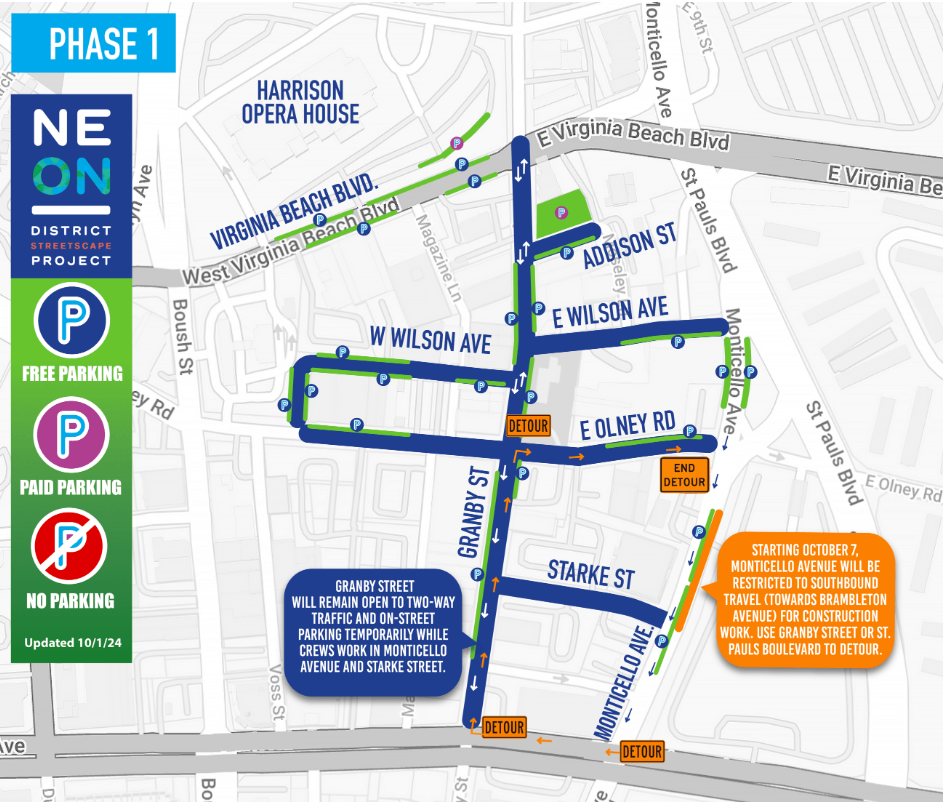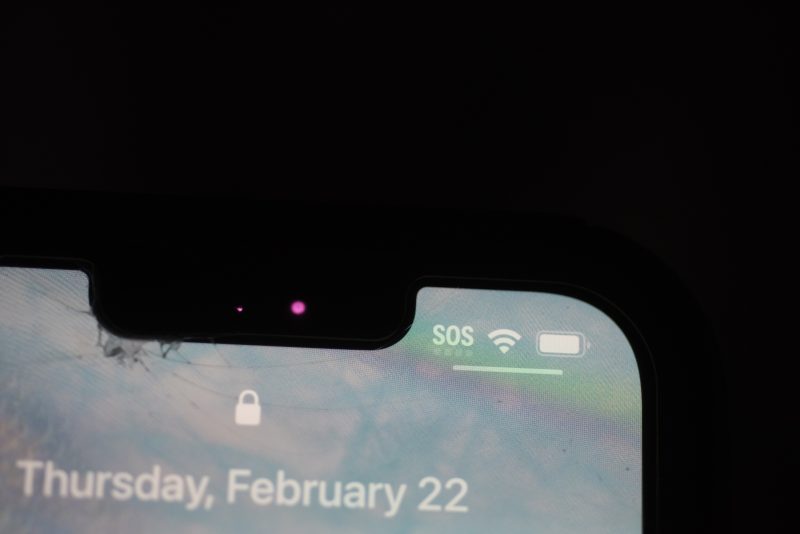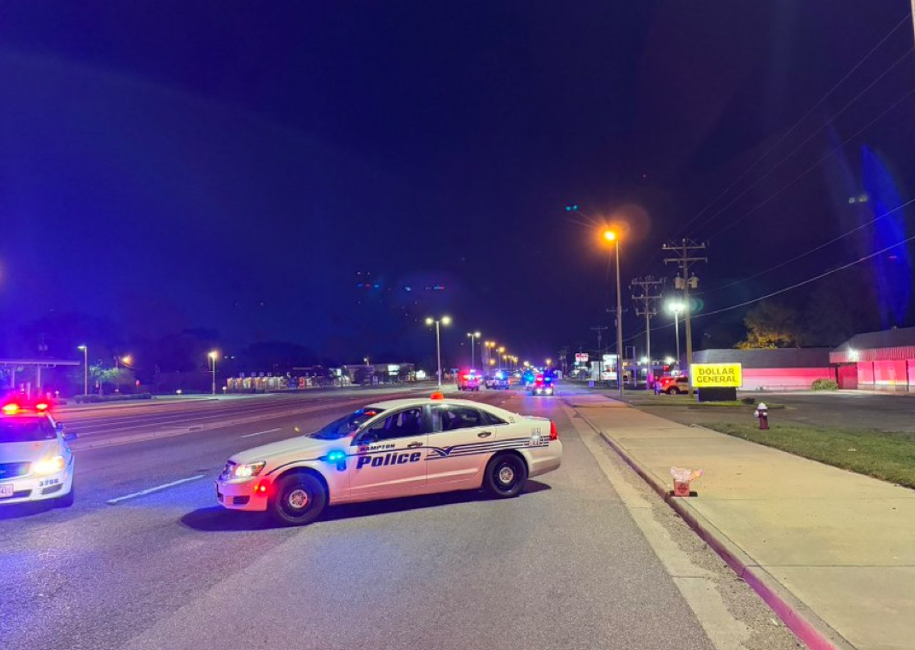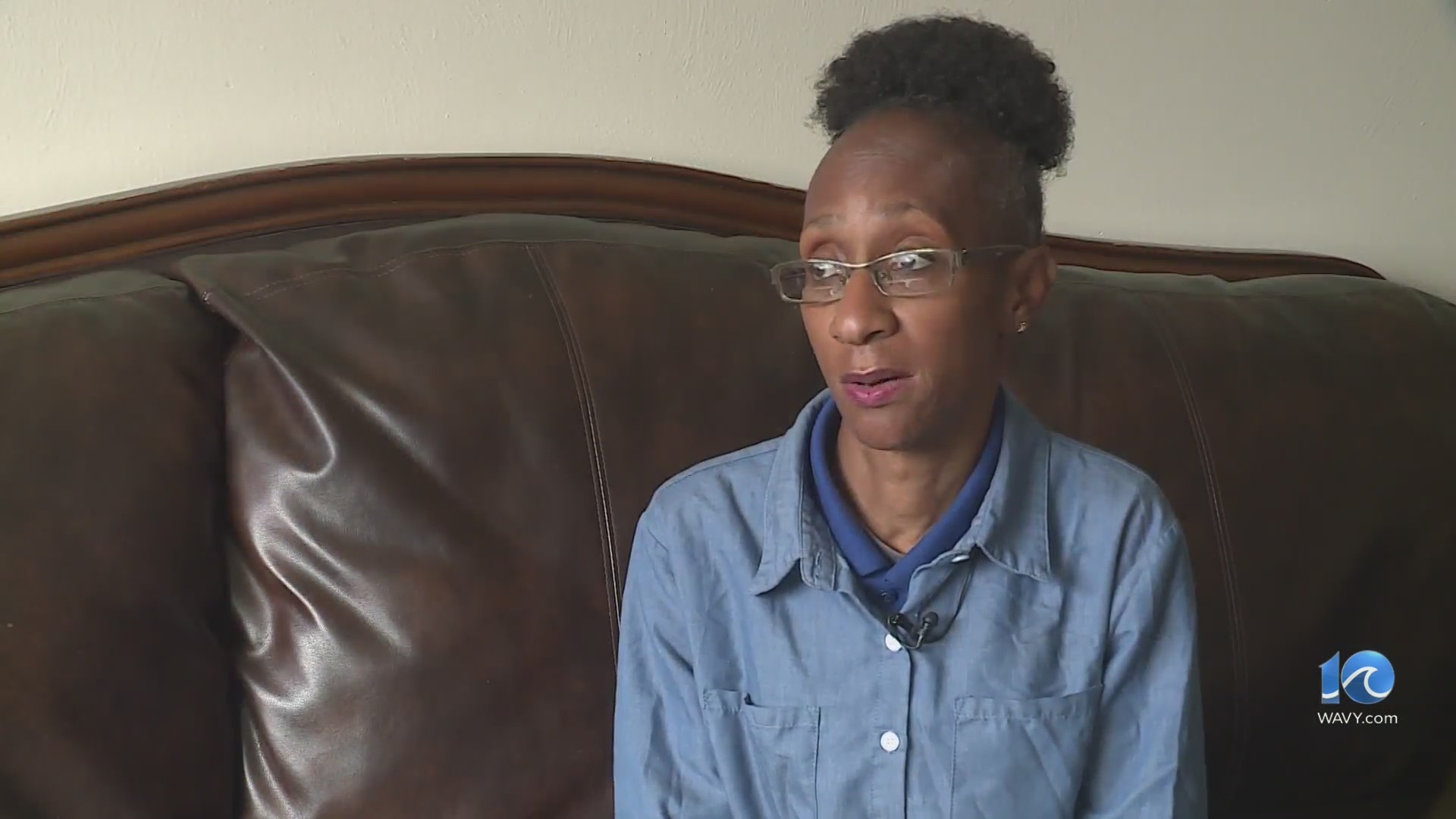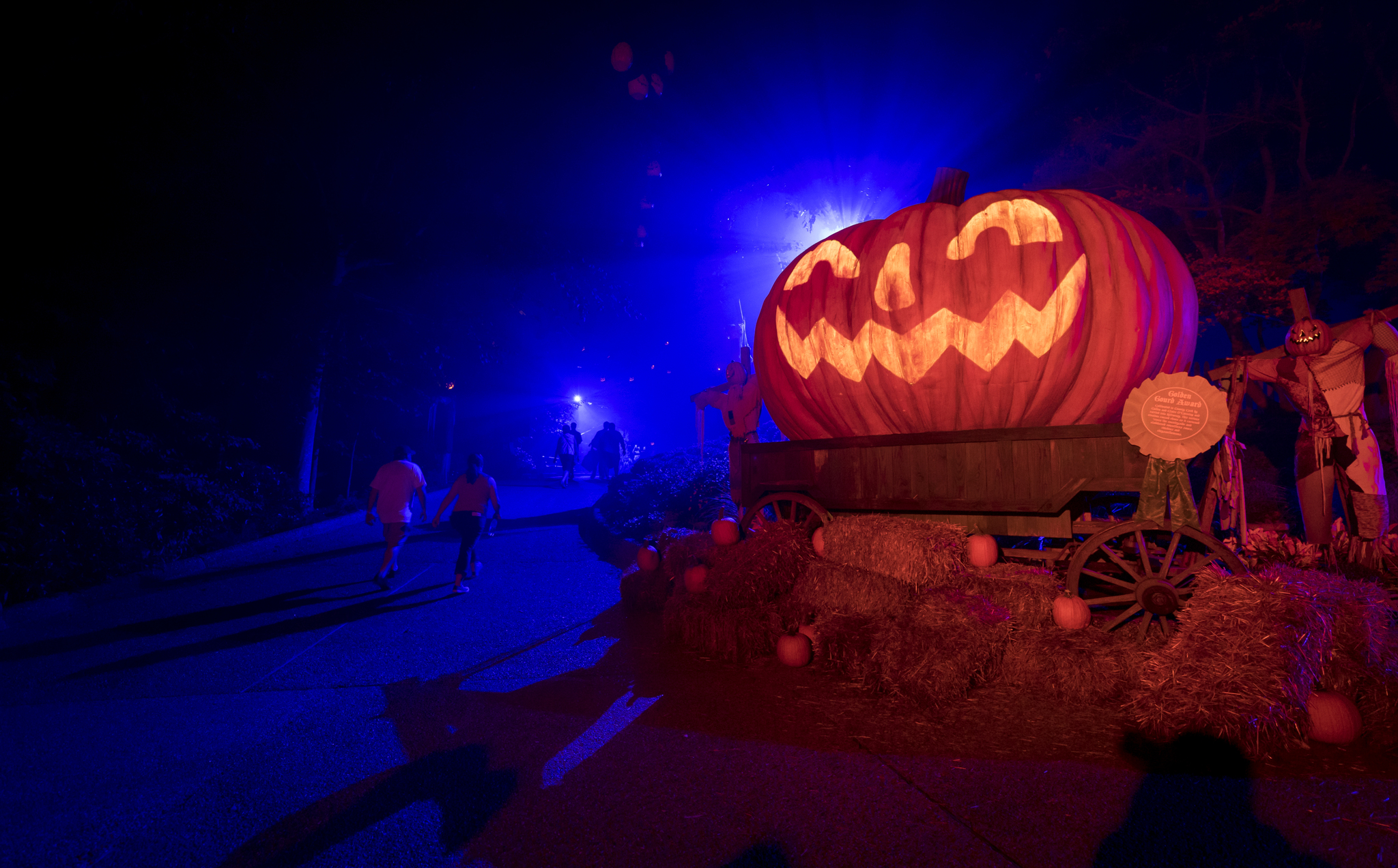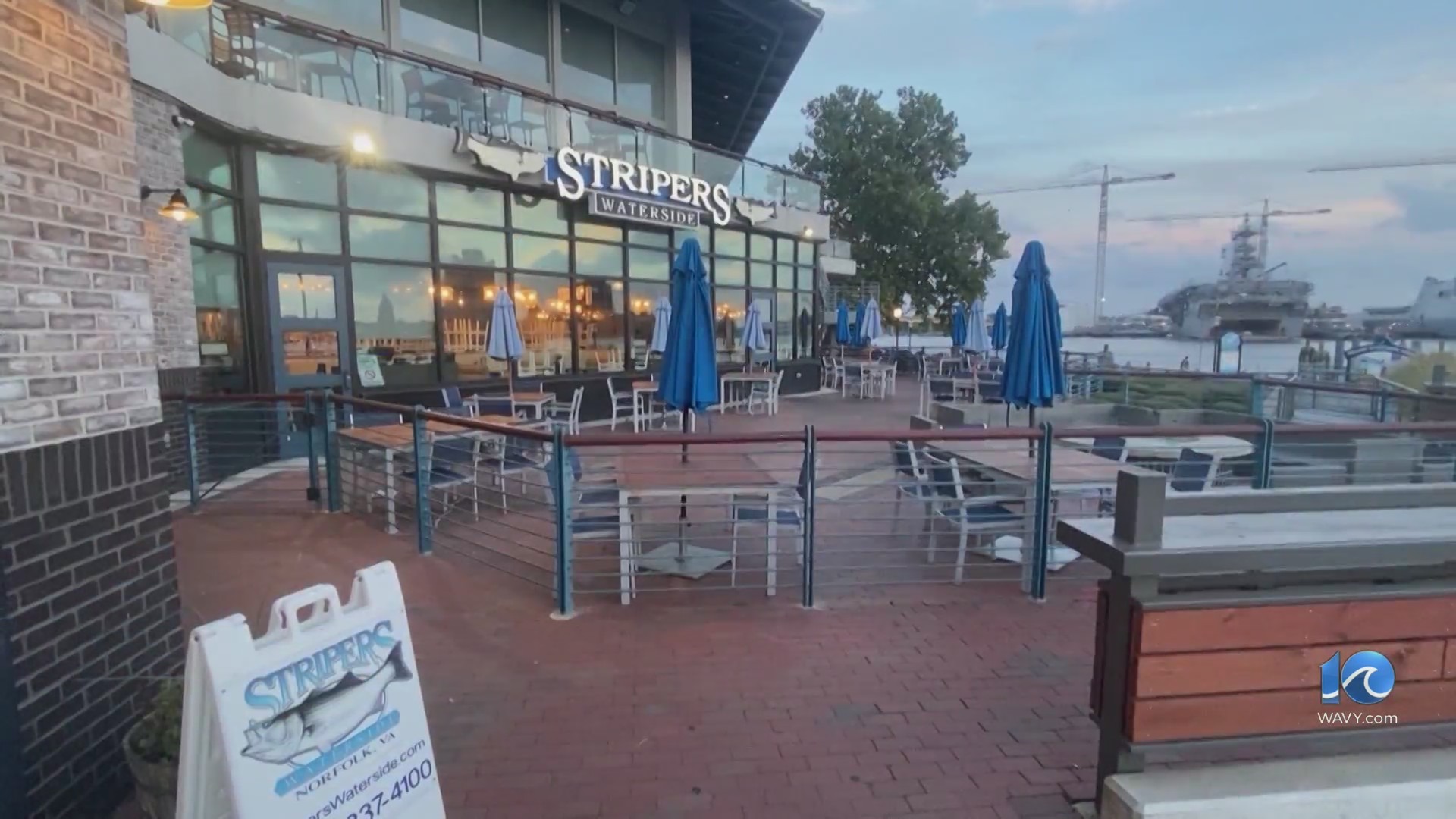(WBRE/WYOU-TV) – One of baseball’s best African American pitchers lived in Williamsport, Pennsylvania.
George Stovey’s stats are what baseball legends are made of, but he played in the late 1800’s, a time that put him in the shadows of the ballpark.
If George Washington Stovey had been living today, he’d be a household name and a baseball player worth millions, but Stovey was born in Williamsport in 1866, an era when the color of his skin prevented him from playing in the big leagues.
Stovey played for several pre-negro league teams, including New Jersey and Philadelphia.
Many baseball historians say he was the greatest black pitcher of the 19th century, winning 33 games for the Newark Little Giants in 1887. The record still stands in the international league, the same league the Scranton Wilkes-Barre RailRiders play in today.
“Unfortunately because the color line was drawn in 1887 he didn’t get a chance to play major league baseball. The NY Giants wanted to sign him, but there was pressure put on them not to sign him,” explained Lou Hunsinger Jr., who wrote about Stovey’s life for National Pastime Magazine, documenting his pitching prowess.
Hunsinger says the lefty had a wonderful fastball and a mean curve. His career record as a pitcher was 60-40 with a two-point-one-seven earned run average era.
To put that in perspective, those numbers would have ranked him among the top five pitchers in baseball in 2018, the elite in the majors.
After baseball, Stovey worked at a sawmill in Williamsport, a lumber capital back then. He also was a bootlegger, violating the prohibition law in 1926. He worked as a barber, was a terrific marbles player and could even play the harmonica.
Later, Stovey made Williamsport baseball history, behind the plate.
“He umpired the first night game in Williamsport, May 14, 1902 between a Williamsport club and a Milton club. So he was part of a historic event there,” said Hunsinger.
Even his death had ties to Pennsylvania history. Stovey became a disaster refugee during the flood of 1936, seeking shelter at what was then Curtin Junior High School.
“Curtin Junior High School was one of the places where people could go for refuge, and it’s my understanding that George Stovey was there and apparently died of a heart attack while he was in refuge,” said Gary Parks, Director of the Taber Museum.
Following his death, Stovey was buried at Wildwood Cemetery in Williamsport. Because he was considered a pauper, his grave was unmarked and it remained that way until a local, influential baseball fan fixed the problem.
“A former Lycoming County Sheriff, Joe Mertz, who admired Stovey as a ballplayer, bought a marker for him that said ‘George Stovey 1866-1936, ballplayer.'”
He was on a list of African American players considered for Cooperstown’s Baseball Hall of Fame a few years back but never made it.

